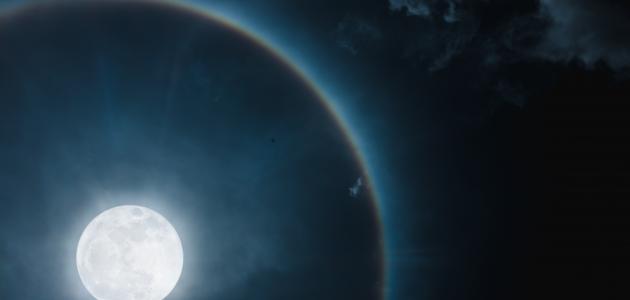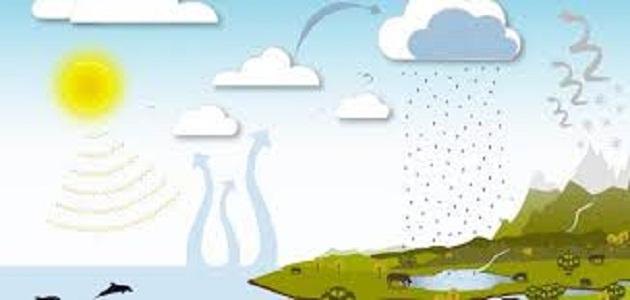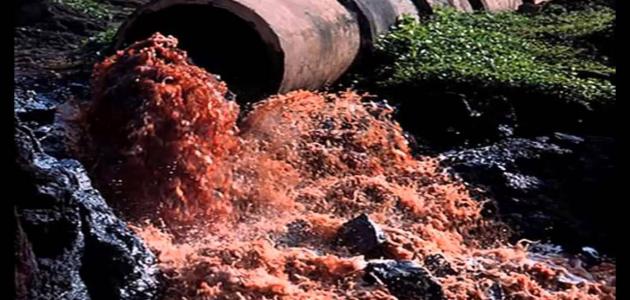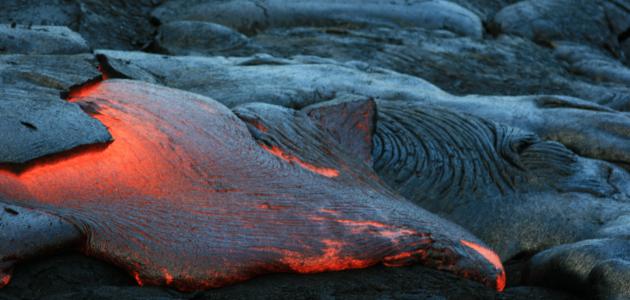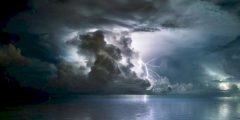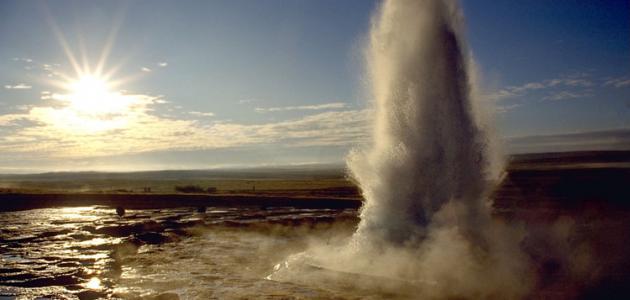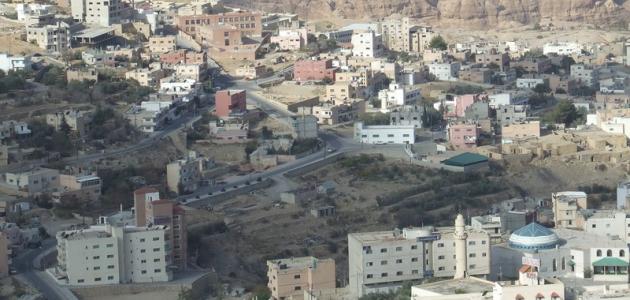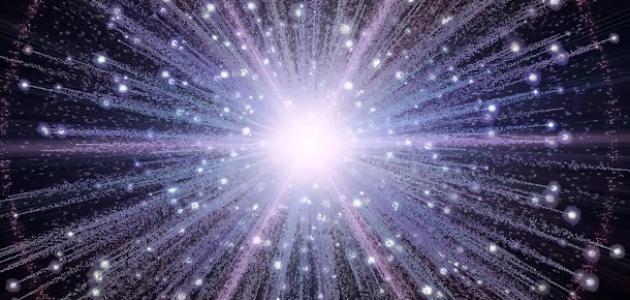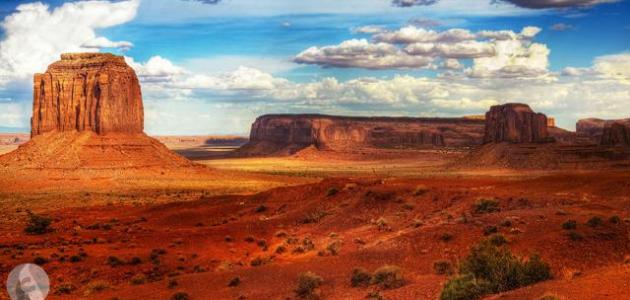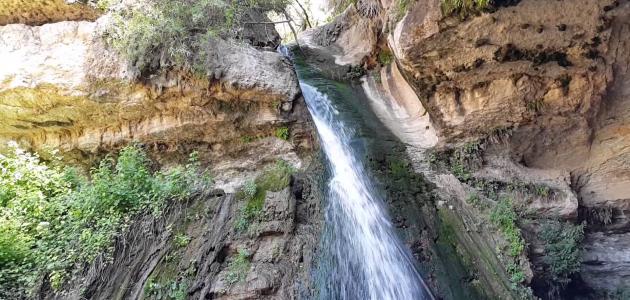The bright circle surrounding the moon
The bright circle that surrounds the moon is called the halo, as this ring results from the refraction, reflection, and dispersion of moonlight through ice particles suspended in the thin, high clouds found in the Earth’s atmosphere. When the light passes through the hexagonal ice crystals It is deflected at an angle of 22 degrees, resulting in a halo with a radius of 22 degrees.
Lunar phenomena related to the lunar corona
False moon
The false moon (in English: mock moon or moon dogs) can be defined as bright spots that appear on either side of the moon, specifically on both sides of the lunar corona, and are parallel to the horizon, when the moon is full, that is, in the full moon phase, and close to the horizon.
Lunar rainbow
Lunar rainbows (in English: moonbows) occur as a result of the refraction of the different colors that make up moonlight at somewhat different angles, as the light is divided into a group of colors. It is similar to the rainbow, but it appears at night, and it can only be seen in the part of the sky corresponding to the position of the moon, and it is worth It is noteworthy that only two cases of this phenomenon have been seen in more than fifty years.
Coronas glow
Corona glow can be defined as a circle of light surrounding the moon, and it is completely different from the lunar corona, as it is smaller in size than it. It is worth noting that this phenomenon is formed as a result of the deviation and diffraction of moonlight due to small water or ice particles that are close in size and suspended in the clouds. Thin, which results in the light decomposing its constituent colors, so the glow appears blue from the inside and red from the outside. These colors may be repeated until they become fainter as the distance from the moon increases.
Read also:How rocks are formed